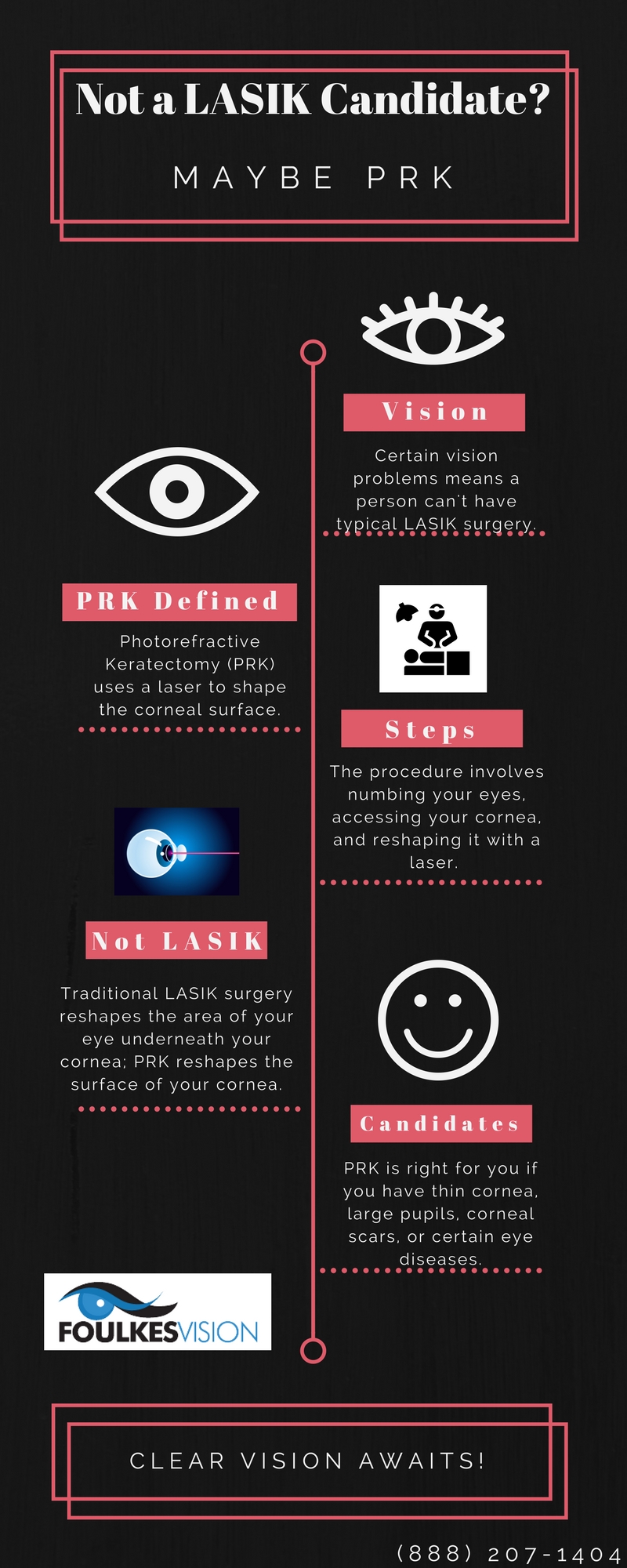A Comprehensive Overview To Refractive Lens Exchange: Information Often Ignored By Your Ophthalmologist
A Comprehensive Overview To Refractive Lens Exchange: Information Often Ignored By Your Ophthalmologist
Blog Article
Material Written By-Hendricks Ludvigsen
Have you ever before thought about Refractive Lens Exchange (RLE) as a choice for vision adjustment? While it isn't as commonly discussed as LASIK, RLE could be a game-changer for your eyesight. Many people ignore its benefits, assuming standard methods are their only choice. Yet what are the actual advantages, and what might your eye doctor not be telling you concerning this treatment? Let's discover the ins and outs of RLE together.
Recognizing Refractive Lens Exchange: The Fundamentals
Refractive lens exchange (RLE) is an operation that can considerably enhance your vision, particularly if you're handling presbyopia or serious refractive mistakes.
During RLE, your eye surgeon removes your eye's all-natural lens and changes it with a synthetic one customized to your vision needs. This treatment can deal with nearsightedness, farsightedness, and astigmatism, providing you clearer vision without depending on glasses or get in touch with lenses.
The surgical procedure is usually fast, taking less than an hour, and most clients experience marginal pain. Recovery is fairly quickly, permitting you to return to your everyday tasks quickly after.
If you're thinking about RLE, talking to your optometrist can help you figure out if it's the right option for you.
Trick Distinctions Between RLE and Traditional Cataract Surgery
While both refractive lens exchange (RLE) and traditional cataract surgical treatment include changing the eye's natural lens, their key goals and patient accounts differ dramatically.
RLE is aimed at individuals seeking to decrease their dependence on glasses or contact lenses because of refractive mistakes, often before cataracts develop. In contrast, standard cataract surgical procedure typically targets individuals who have actually developed cataracts, which cloud the lens and harm vision.
The lenses made use of in RLE can supply a more comprehensive range of vision modification, while basic cataract surgical treatment normally includes standard monofocal lenses.
Furthermore, RLE candidates are typically younger and in great total health, whereas cataract clients may be older and have other health and wellness worries.
Selecting the best procedure depends on your particular vision demands and conditions.
Possible Benefits and Considerations of RLE
If you're taking into consideration refractive lens exchange (RLE), you'll locate several prospective advantages that may enhance your quality of life.
RLE can offer you with clearer vision, decreasing or getting rid of the demand for glasses or call lenses. It supplies a possibility to deal with presbyopia and various other refractive mistakes at the same time, frequently boosting your total visual acuity.
In addition, RLE can be a terrific option if you're not a suitable candidate for LASIK. Nonetheless, it is essential to weigh the factors to consider, like the price, potential dangers, and the recovery period.
Reviewing your details needs with your ophthalmologist can help you make an informed decision, ensuring you pick the most effective course for your vision correction.
https://www.google.com/maps/place/ClearSight+LASIK+%26+Lens+Plano/data=!4m2!3m1!1s0x0:0xc3e889b4b130e5a7?sa=X&ved=1t:2428&ictx=111 , refractive lens exchange offers a special remedy for vision modification that exceeds what LASIK can give. It's necessary to consider the advantages against prospective dangers and expenses before deciding. Do not wait to ask your eye doctor the challenging questions to ensure you completely comprehend the treatment and its ramifications for your vision. With the appropriate details, you can confidently select the most effective alternative for your eyes and way of life.
